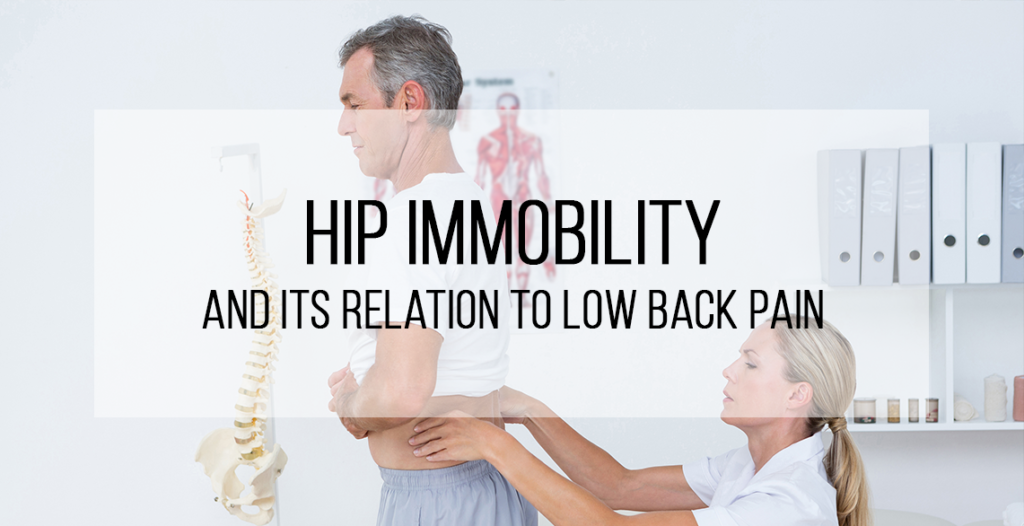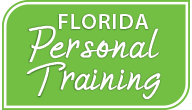
by: Raphael Rodriguez, MS, CPT
Understanding posture and identifying whether a misalignment is present in our skeletal structure is important to be able to correct the issues affecting our body. More often than not in today’s society we have become dependent on pain medications or creams to help treat our pain symptoms while our blame is placed on work, lifting too heavy of a weight, or simply from sleeping in a poor position. These minor pains or annoying muscular “tightness” is routinely brushed away, and then pain returns the following day. The pain cycle continues, but due to the abundance of pain relief medications advertised to us daily, we tend to increase the dosage for relief instead of trying to understand why the pain is occurring. This chronic repetitive pattern places our health and quality of life in a diminished state for our daily activities.
Let us go ahead, and take a mental trip through the aisles of our local pharmacy store. How many different brands, dosages, and creams are there on the shelves that claim to relieve lower back pain? How long is that list you imagined? Many people on a regular basis, work, exercise, shop, drive, or rest with lower-back pain. Some individuals are afflicted by pain to the point of frustration that nothing seems to help the problem and it is keeping them from activities they want to do. These same individuals that are self-medicating for their back are more likely to be missing an underlying muscular imbalance due to poor hip mobility. Vertically, our hips are the center point of our skeletal structure, and its ability to move freely without restriction helps maintain proper alignment for the corresponding muscles of both the front and back of our body. If our pelvis is not aligning in a neutral position, it can be hindering our mobility, interrupting our neural control, as well as possibly pinching nerves that cause radiating pain in the hips, lower back, knees, ankles, and feet.
An anterior pelvic tilt is the most common misalignment of the pelvis found in individuals that sit for extended periods of time and people that arch their lower back while standing. A chronic sitting pattern that forces the lower back to arch into an excessive curve can develop muscular trauma to the area creating painful knots which can be misinterpreted as low back pain. In addition, an anterior pelvic tilt restricts the hip flexor muscles in the front of the body, and also weakens the abdomen, gluteus, and hamstring muscles. These overactive muscles combined with the weakened muscles can result in the anterior pelvic tilt remaining long after you stand up keeping the pelvis in poor posture debilitating the body of proper hip mobility. Without proper hip mobility and a severe anterior pelvic tilt individuals will find it difficult to sit without pain in the hips, to reach down and tie their shoelaces without extensive rounding of the upper back, and even find it hard to stand after sitting for a long time.
To help identify this misalignment of the pelvis, stand sideways to a mirror and look at your belt line. Is the belt parallel to the ground or is the belt tilting forward? Is your lower back greatly arched? Is your butt sticking out? Does it feel like your stomach is falling forward? Answering yes to any of these questions can be a sign of an excessive anterior pelvic tilt. You want your pelvis to feel, when you are standing tall, that it can be filled with water and not pour out the front or back otherwise known as a neutral pelvis. During movement, the pelvis structure needs to be able to tilt both in an anterior and posterior fashion to have good hip mobility.
Consulting with a physical therapist or personal trainer is highly recommended, these professionals will help put the joint into an optimal position by releasing overactive tight muscles and strengthening the weak muscles around the joint caused by the anterior tilt. The repeated patterns of our daily activities will not correct the issue by itself and pain will continue to intensify. A stretch and strengthening workout program will help return the pelvis to the neutral position and give you better neural control of your posture and hip mobility. Many individuals have found success in reducing pain or becoming pain free due to the “reset and reinforce” training program correcting the issue instead of medicating the symptoms. Speak to a professional about pelvic alignment and posture issues if you are experiencing any discomfort or pain. Live a quality filled and healthy life, not a painful one.
Glass, J. (2017, March 7). Beware of What You Stretch. Retrieved from MyTPI Web Site: www.mytpi.com




